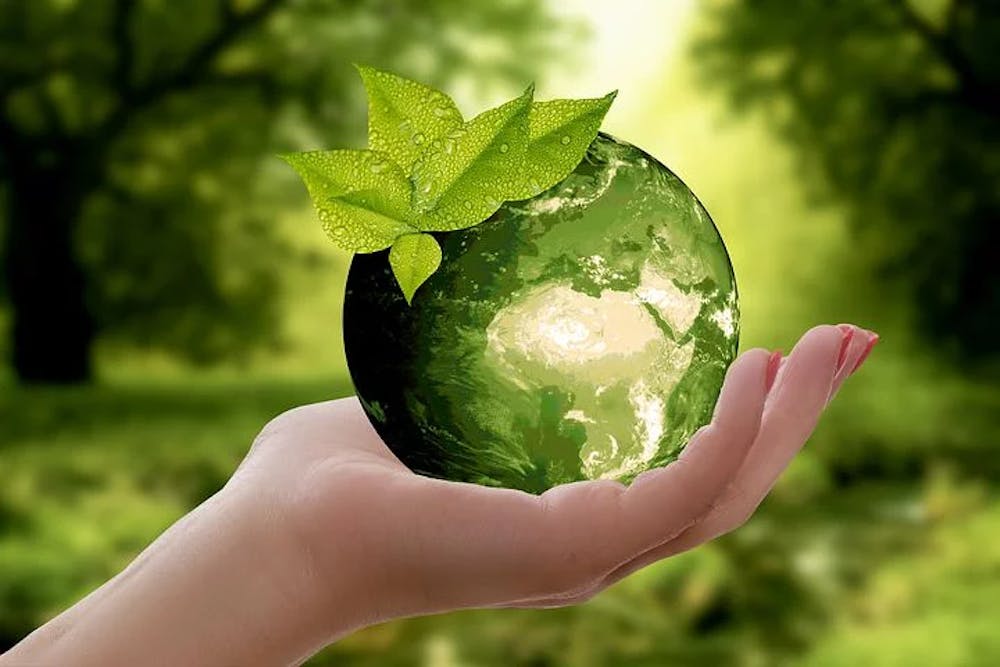By: Brandi Young
Currently, the United States generates over 250,000,000 TONS of garbage annually. Very little of this is recycled. The push for low and zero waste has become a bigger and bigger movement since this statistic has received more publicity. Living a low waste life can seem like a bit of a challenge, but if you implement different changes gradually over your lifetime, it can be an easy thing to work towards. No one is perfectly ‘zero waste’, but that does not mean we should step down from the challenge. Below, I’ve listed a couple of tips of things you can slowly incorporate into your life to make this transition easier: 1. Reduce, reuse, recycleThis is a common tip that we all learned in elementary school. While it is easy to recall, actually doing it is where we tend to fall short. The whole phrase is taken from pyramid steps that lead to a zero-waste lifestyle: the complete phrase is refuse, reduce, reuse, recycle, rehome, replant and rot. This means: refuse what you do not need in your life, like brand new shoes, reduce on the things you buy (again, do you really need those shoes?), reuse things that you can (maybe upcycle an old t-shirt to a shopping bag), recycle what you can, rehome by donating to thrift stores and other shopping outlets, community centers, etc., and rot (compost and throw away) the rest. 2. Bring your own Tupperwares & silverware to restaurantsWhen you have leftovers of food after going out to eat, the waiters and waitresses usually put it into Styrofoam boxes. Styrofoam is really bad for the environment, and you only use these containers once. You can knock two birds out with one stone by simply remembering to bring your Tupperware to the restaurant with you and placing your leftovers in there. The same goes for plasticware you get when you eat at a fast-food restaurant. By bringing your own silverware, you can eliminate your use of this product. 3. Use handkerchiefs instead of tissuesAround the 1920s, the use of handkerchiefs was replaced with tissue paper as an alternative. I believe that we should bring them back for environmental reasons, and maybe for a little fashion, too. Tissues are used once and then thrown away. Think about how many tissues you go through when you're sick just once. It's a lot! Reduce this down to one handkerchief, and you’ve already cut down your waste consumption significantly. The main argument I hear against handkerchiefs is that they are unsanitary, but this is untrue. When you use the hanky, you are blowing your nose into a new, clean area and the nasty bits are easily folded away. Oftentimes, we are unable to immediately dispose of our own tissues right away, so the two products are similar in this way. Another tip relating to this is to try making old rags and clothing into hankies! 4. Buy products with less packaging or make your own hygiene productsI will never understand why products are wrapped and contained in so much unnecessary plastic. If you happen to see something you were going to buy that might not be your usual go-to brand, but has a more eco-friendly packaging style, try that product! Alternatively, you can opt to stop buying specific products altogether to make your own instead: this can work with things like shampoo, conditioner, deodorant, air freshener, lotion, etc. 5. Go veganA vegan diet can seem like a challenge at first. My best advice is to tackle it in baby steps. Start by reducing one type of meat, and so on. Try different vegan products before you completely give up old ones first. For example, you can try a new plant-based milk every time you go shopping until you find one you like. The path to veganism does not need to be hard. Vegans use less water, land, waste, etc, than a traditional omnivore diet does. I believe veganism is one of the best and easiest things you can do for the environment and yourself. Try researching the movement to learn more about it!Cover photo courtesy of Pixabay

